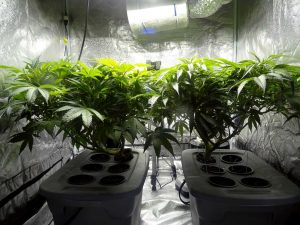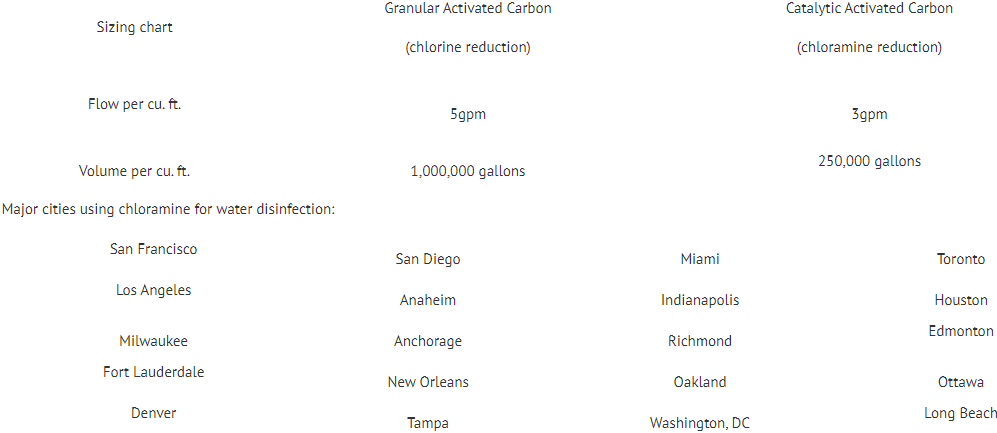Table of Contents
Off the radar grow-ups have a history of being just that “off the radar”, low key often clandestine operations without much regulations or standards.
When medicinal cannabis became legal in Canada in 2016 and recreational use in 2018 it brought about regulations and standards that were unheard of, while marijuana strains were always discussed, the process for growing was regarded as a closely guarded secret. Growers prided themselves in finding the perfect process of growing, harvesting, trimming drying and processing. With the legalization comes greater control by Health Canada. Colorado, California, Oregon and Washington state each follow their own set of guidelines, but they are primarily broken down to these four categories.
Cultivation
There are two types of growth facility licences that can be obtained from Health Canada that permit the cultivation (production) of cannabis. Recreational growth and medicinal growth, each have a strict set of guidelines.
Finishing Products
The Canadian government has created a unique legal framework that will now enable the research (and eventual manufacturing) of cannabis finished products. This is not necessarily the grower, this is a completely difference process and follows a specific specs which apply to most strains. Which includes packaging, labeling and basic consumer marketing.

Biotechnology
Canada is the first G7 country to legalise cannabis finished products, not only is it breaking down barriers but it must also set a high standard for the world to see how it can be done successfully. There will be stringent requirements for finished product testing and licensing.
Retail Licensing
Since Canada is the only G7 country in the world to legalize recreational cannabis on a federal level, unlike medicinal marijuana the retail license is just as important.
Controlling the environment is important with any greenhouse; humidity, temperature and lighting will always affect growth, however water quality is often ignored or becomes an afterthought. Simply having access to well water, municipal or lake water isn’t enough. Understanding how water temperature, pH and TDS can negatively affect plant development hasn’t become a set guideline. Unfortunately with all the oversight by the government not much has been said on the importance of using the perfectly balanced water. Regulations have standardized growth requirements, but little has been said about one of the most important parts of the process, water quality for cannabis growth. It is simply assumed that potable water is enough.
The US EPA standard for potable water is very broad setting Maximum Contamination Levels (MCL) and aesthetic objectives (AO) which don’t fall anywhere near the water quality needed for marijuana growth. The same applies under the Canadian Drinking Water Guideline, what is safe to drink for humans isn’t the best for plant development.
Three things to know about water quality for cannabis growth
Water Temperature
The average groundwater temperature in Canada down to Northern California ranges from 37°-52° degrees (2°-11°C) much too cold. If the ideal room temperature for seedlings is between 68° and 77° (20° – 25°C), as plants get older the temperature requirements rise to 82°F (28°C), using cold water will shock the plant and delay growth. We need to keep the water temperature at 68° – 72°F (20° – 22°C) to make sure they are properly absorbed into soil.
https://www.bradleycorp.com/sizing-tankless-water-heaters/united-states-groundwater-temperatures
Water pH
pH is an acid/alkaline balance, neutral pH is 7. Our body regulates our blood pH levels between 7.35-7.45. pH will affect how the plant absorbs water and nutrients through each step of their life and should be carefully monitored. A water pH of 6.5 is ideal for cannabis growth, while it can handle a range of 6.2 – 6.8. Since pH changes in minutes, it’s important to check the pH in the storage tank, coming out of the irrigation system and more importantly in the water runoff as this is as close as you are going to get to testing the root. In most cases we see the need to reduce pH on both municipal and groundwater sources. An easy way to reduce pH is with acetic acid (white vinegar) and citric acid. Finding a perfect blend will take time, at 911water we recommend batching your water samples to consistently get the right temperature, TDS and pH balance before adding your nutrients.
Water TDS
Total dissolved solids in water is a simple additional to all the dissolved minerals, salts and metals in your water, it’s a very generic metric which measures everything without actually specifying anything. 80 TDS of a toxic contaminant is more harmful than 300 TDS of calcium. You will find a lot of discussions on the advantages of low TDS, from affecting growth and preventing fungus from growing on the cannabis leaves. I am personally not an advocate of high or low TDS, however my research has found that to get a consistent growth, it’s easier to start with a lower TDS which can easily be adjusted than a higher TDS which can get expensive to handle.
Chlorine is not something that I would regularly add to this list but it’s something that is taken for granted when irrigating with municipal water. The chlorine in city water ranges from 0.4ppm to as high as 2ppm, even low residual levels of chlorine will interfere with a proper pH balance, the added nutrients and plant growth. When on municipal water a good chlorine filter for cannabis irrigation is important, a common mistake is to size a carbon filter based on flow rate needed vs volume. An average flow rate for a decent size greenhouse operation is 20 gallons per minute (gpm), water is slowly filtered into holding tanks, where it is heated, pH neutralized and nutrients are added. However daily volume is just as important, if you have a medium operation using 2000 gallons per day, you can deplete a standard carbon cartridge filter in 2 weeks and not even know it until it is too late. We recommend using a carbon tank filter with 3 cubic feet of activated granular carbon (GAC). On average you can experience a 90-97% chlorine reduction of up to 1 million gallons per cubic foot of carbon, so a 3cf carbon filter will last 3 million gallons or approximately 4 years. This is subject to water quality including turbidity and organics.
If your city is using chloramines for disinfection, the water filtration sizing and media changes, we are still using a tank type of filter but rather than using granular activated carbon we switch to catalytic carbon. In simple terms chloramine is a mixture of ammonia and chlorine, it has a longer residual, meaning it doesn’t dissipate as quickly, but it is also harder to remove. You roughly need 2X the amount of media to match flow and 4X the amount of media to match volume. See chart below:

